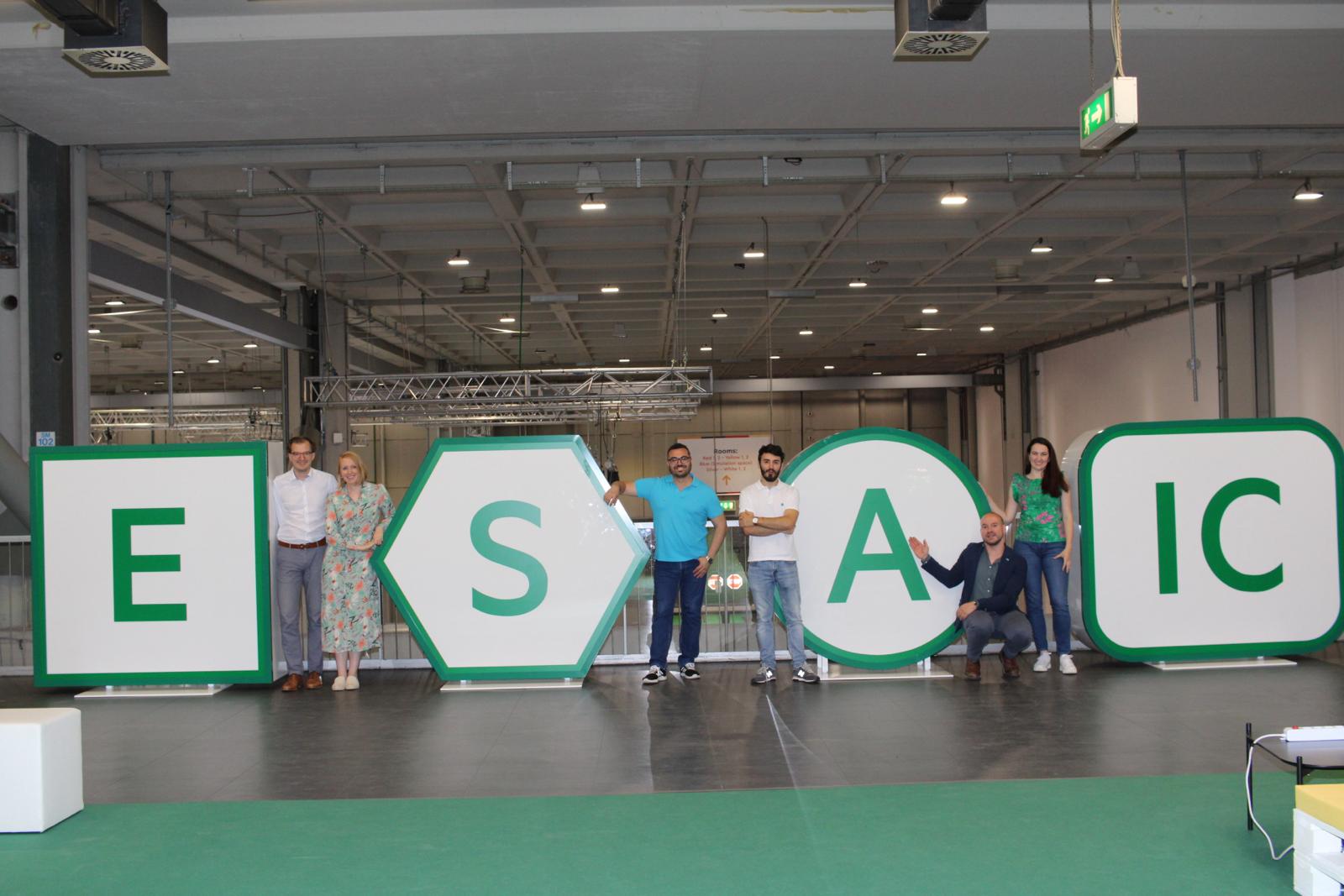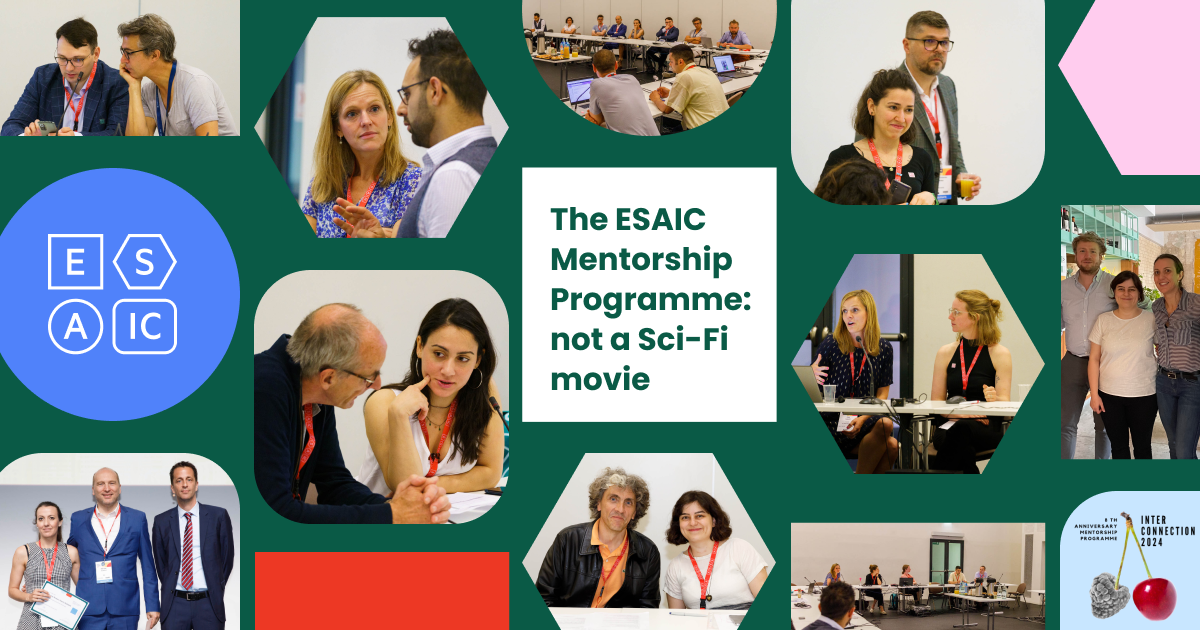ESAIC News
Study shows surgery patients overwhelmingly prefer pre-surgical safety checklists to be completed in front of them
Embargo: 2301H UK time Thursday 19 December
New research suggests surgery patients overwhelmingly prefer pre-surgical safety checklists to be completed in front of them, contrary to what is thought by doctors. The study, published online first in the European Journal of Anaesthesiology (the journal of the European Society of Anaesthesiology [ESAIC]), is by Dr Sabine Nabecker, Department of Anaesthesiology and Pain Medicine, Bern University Hospital, and University of Bern, Switzerland, and colleagues.
Since WHO launched the Safe Surgery Saves Lives Program in 2008, surgery checklists have minimised errors and improve patient safety worldwide. The WHO-approved Safe Surgery checklist includes asking the patient to confirm their name, procedure and consent, and the medical team to check that the anaesthesia machine and medication has been checked. The list also checks if patients have known allergies and if antibiotics have been administered in the previous 60 minutes, as is standard with many surgeries. (see link to checklist below)
“Anaesthesia professionals are often reluctant to use checklists in front of patients because they fear causing patients’ discomfort before anaesthesia and surgery,” explains Dr Nabecker. “Yet our study shows that patients overwhelmingly prefer to see the checklist completed in front of them.”
The trial included 110 anaesthesia providers and 125 non-premedicated ear-nose-throat or face/mouth/jaw surgery patients in the Bern University Hospital, Switzerland from June to August 2016. Patients who signed a consent agreement to be included in the study; however those who had been premedicated, under 18 years of age, day-care only patients or those with dementia or other mental illnesses were excluded. All study participants were interviewed before the start of the procedure and on the first postoperative day, and asked to rate their agreement from 1-100 with the following statements:
1) Anaesthesia providers should use checklists in my (the patient’s) presence;
2) Using a checklist prior to anaesthesia induction causes discomfort for me (the patient);
3) The use of checklists prior to induction of anaesthesia reduces the risk of errors.
Patients overwhelmingly agreed that anaesthesia providers should use checklists in front of them (median score 100), while anaesthesia providers were enthusiastic but less so (median score 81). Anaesthesia providers rated the patient discomfort (with a median score of 43) much higher than actually perceived by patients (with a median score of 7 before and 0 after the procedure). Both patients and anaesthesia providers agreed using checklists had the potential to reduce errors during surgery (scores 93 for anaesthesia providers, 97 for patients before procedure and 100 for patients after procedure).
The authors say: “Anaesthesia providers estimate patient discomfort significantly higher than it is actually perceived by the patients themselves. In fact, our study suggests that although anaesthesia providers agree that checklists reduce risks, they are reluctant to use them, solely based on the wrongly assumed discomfort for patients.”
They add: “With our study we aimed to assess the real experience of surgical patients in the operating room. Therefore, this is the first study that confirms a reduction of patient discomfort from a direct interview with patients before and after surgery, who actually experienced the procedure in the operating room.”
They conclude: “The results of our study strengthen the collaboration of patients and health care professionals and provide evidence to reduce prejudices resting on both sides. This is especially important because even though checklists are widely implemented nowadays, adherence to the checklist is still low.Patients experience far less discomfort observing the use of pre-induction checklists directly before induction of anaesthesia in the operating room than anaesthesia providers expect. Patients acknowledge the importance of pre-induction checklists to reduce errors and mortality and demand that anaesthesia providers use the pre-induction checklist for safety reasons.”
Dr Sabine Nabecker, Department of Anaesthesiology and Pain Medicine, Bern University Hospital, and University of Bern, Bern, Switzerland. T) +41762343093 E) sabine.nabecker@insel.ch
Alternative contact: Tony Kirby of Tony Kirby PR. T) +44 7834 385827 E) tony@tonykirby.com
Notes to editors
For link to full embargoed paper, click here
NOTE: THE ABOVE LINK IS FOR JOURNALISTS ONLY. IF YOU WISH TO PROVIDE A LINK TO THIS PAPER FOR YOUR READERS, PLEASE USE THE FOLLOWING, WHICH WILL GO LIVE WHEN THE EMBARGO LIFTS
Please link to European Journal of Anaesthesiology homepage:
https://journals.lww.com/ejanaesthesiology/pages/default.aspx
To see the complete WHO Safe Surgery Checklist, click here










